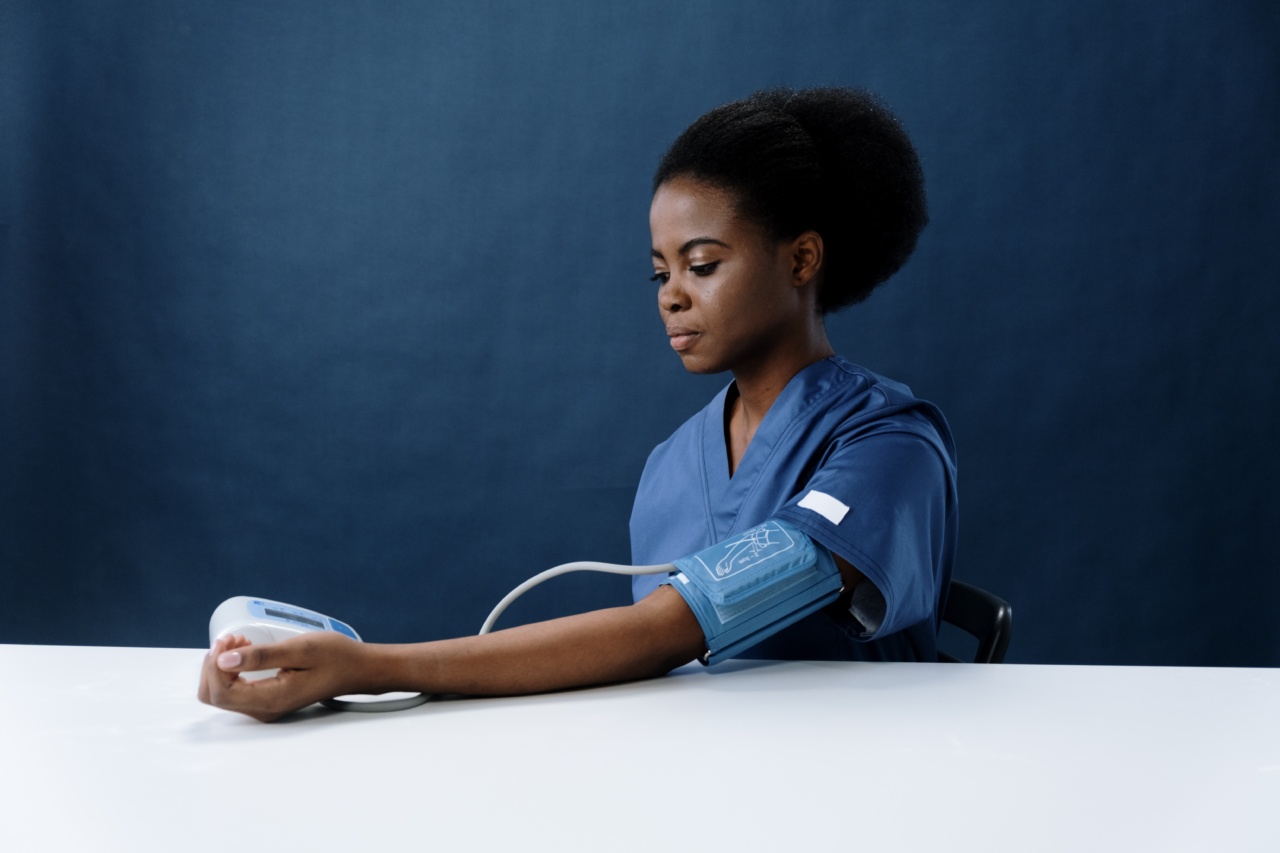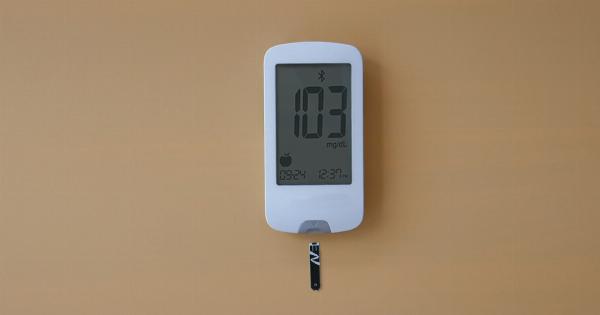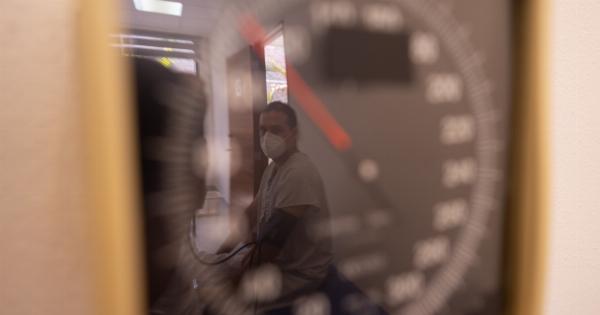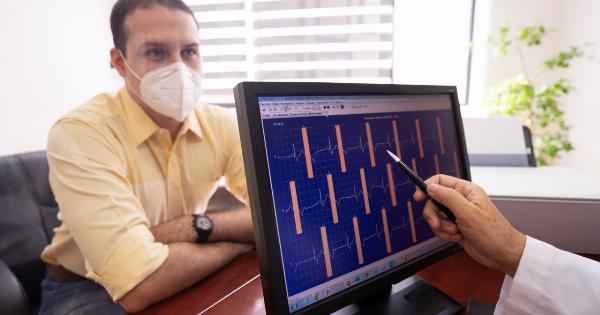Measuring your blood pressure is essential for keeping track of your overall health. It is a simple and reliable way of measuring the force that your blood exerts on the walls of your arteries as it flows through them.
However, despite its importance, many people make a common mistake when measuring their blood pressure. In this article, we will discuss this mistake and ways to avoid it to ensure that you measure your blood pressure accurately.
What Is Blood Pressure?
Blood pressure is the pressure of the blood in your arteries, which are the blood vessels that carry blood away from your heart to the rest of your body.
Blood pressure is measured in millimeters of mercury (mmHg) and is given as two numbers – the systolic pressure and the diastolic pressure.
The systolic pressure is the top number and represents the pressure in your arteries when your heart beats, while the diastolic pressure is the bottom number and represents the pressure in your arteries when your heart is at rest between beats.
A normal blood pressure is generally considered to be between 90/60 mmHg and 120/80 mmHg.
The Common Mistake
The most common mistake people make when measuring blood pressure is not resting before taking their readings.
Blood pressure can be affected by various factors, including physical activity, stress, and anxiety, so it’s essential to rest for a few minutes before taking your reading. However, many people ignore this crucial step and jump straight into measuring their blood pressure without any rest. Consequently, their readings may not be accurate.
How to Measure Blood Pressure Correctly
To measure your blood pressure accurately, follow these steps:.
Step 1: Rest Before Taking Your Reading
Sit down and rest for at least five minutes before taking your blood pressure reading. Try to relax and clear your mind of any stressful thoughts.
Step 2: Position the Cuff
Wrap the blood pressure cuff around your upper arm, making sure that it fits snugly but comfortably. The bottom of the cuff should be approximately one inch above the bend of your elbow.
Step 3: Align the Stethoscope
If you’re using a manual blood pressure monitor, place the earpieces of the stethoscope in your ears and the diaphragm over the brachial artery in your upper arm.
If you’re using an automatic monitor, follow the manufacturer’s instructions.
Step 4: Inflate the Cuff
If you’re using a manual blood pressure monitor, inflate the cuff by squeezing the bulb until the gauge reads around 180 mmHg. If you’re using an automatic monitor, press the button to start the reading.
Step 5: Record the Reading
Slowly release the pressure in the cuff while listening for your heartbeat with the stethoscope. When you hear the first beat, note the pressure on the gauge – this is your systolic pressure.
When you no longer hear the beat, note the pressure on the gauge – this is your diastolic pressure.
Conclusion
Measuring your blood pressure accurately is critical for keeping track of your overall health and detecting any potential problems early.
By resting before taking your reading, you can avoid the most common mistake people make when measuring their blood pressure. Follow the steps outlined in this article to ensure that you measure your blood pressure accurately.

























